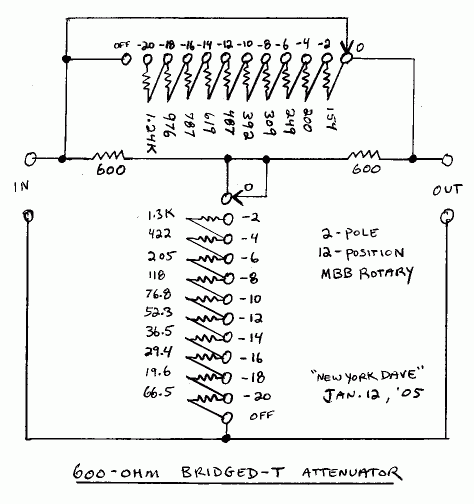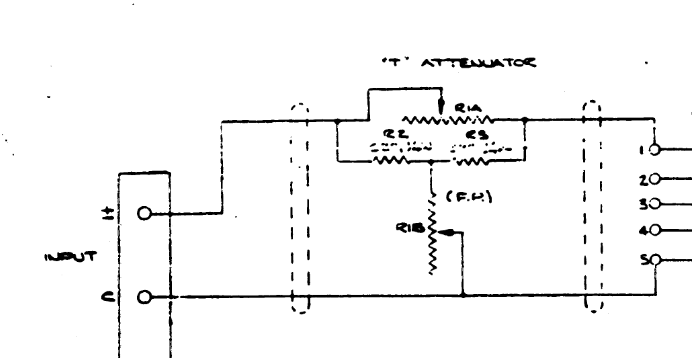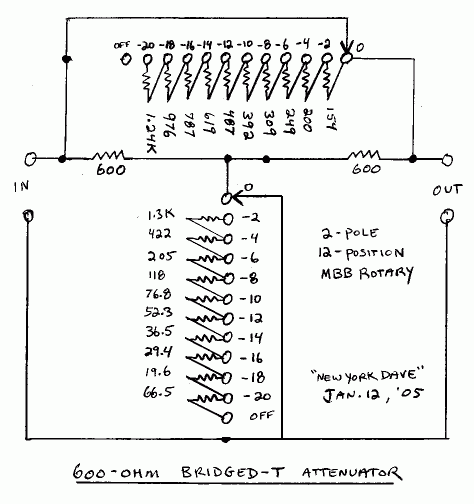Hi all, apologies if something similar has been addressed in the thread- at 270+ pages it's a bit of a read and I haven't found anything in searches.
I've had a Mnats 1176 for years that has been operating correctly with no issues.
I recently bought a half finished kit from someone who ran out of time to finish it, and have been having nothing but trouble getting it to operate correctly.
It passes signal and compresses, however level is considerably lower than on my other working 1176- often 12 to 20db lower with identical signals.
I've tried the following to rectify the issue:
- swapped t-pad with known working
- swapped input tx with known working
- replaced full PCB (I had a spare stuffed one, so used this. I haven't replaced the meter or ratio boards)
- checked all resistors and other parts visually
- checked voltages (all within 5% of each other)
- replaced 0 set (it was an incorrect pot, but I can't imagine this would effect anything)
- checked and rechecked all wiring
- confirmed output pot is correct spec (again, about 5% out of tolerance with my other unit, but fine)
The only elements that have remained consistent are the output tx, power tx, ratio and power boards, and the 2N5457 JFETs as I didn't have spares of those.
As the issue is present even with compression off, I'm assuming it has to be occurring in the preamp or line amp, and as the metering is showing this signal as significantly lower I'm assuming it has to be in the preamp PRIOR to signal being passed on to the meter circuit. As I've swapped out the PCB, I've essentially replaced all parts in the preamp, with the exception of Q1, one of the 2N5457 JFETs.
Is it possible for Q1 to be having this much impact on gain?
Thanks in advance.

















![Soldering Iron Kit, 120W LED Digital Advanced Solder Iron Soldering Gun kit, 110V Welding Tools, Smart Temperature Control [356℉-932℉], Extra 5pcs Tips, Auto Sleep, Temp Calibration, Orange](https://m.media-amazon.com/images/I/51sFKu9SdeL._SL500_.jpg)


















